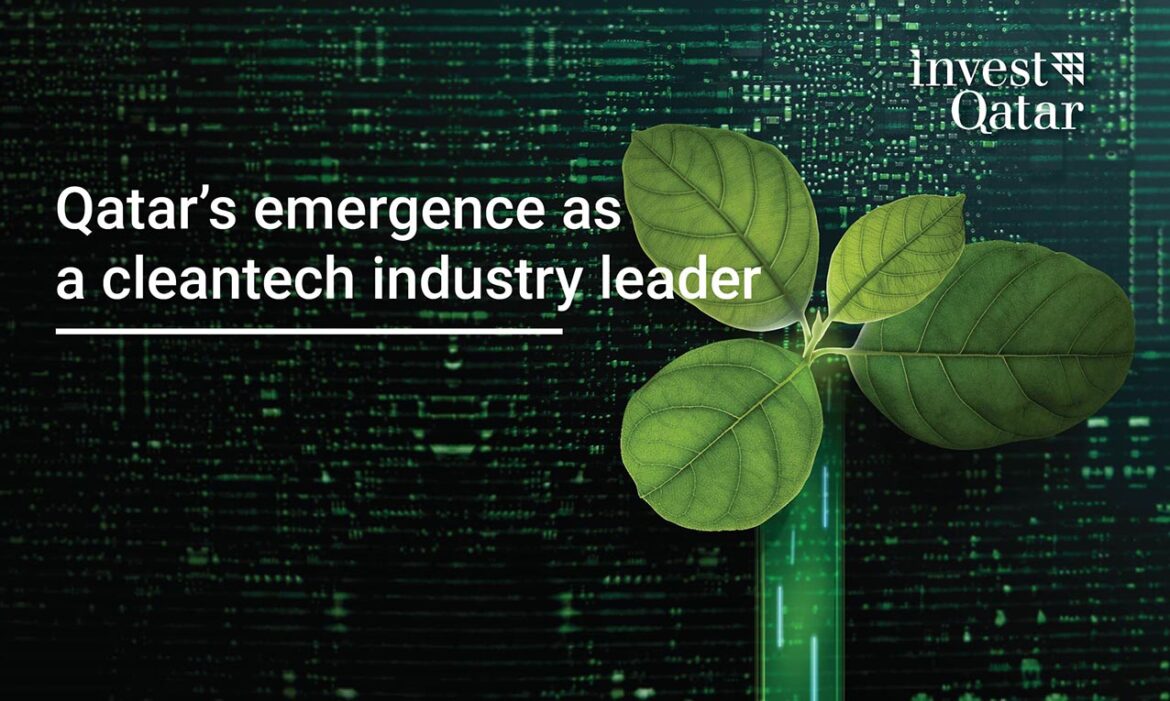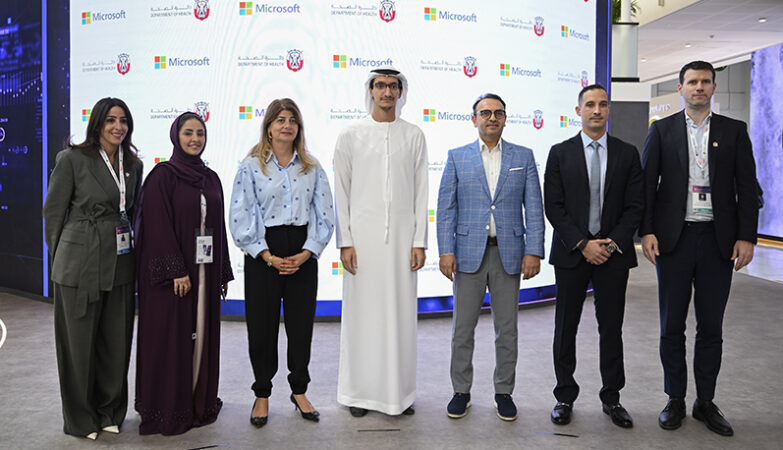The global cleantech industry is experiencing rapid growth, driven by a pressing demand for sustainable solutions and the need to reduce carbon emissions. The global market for major mass-manufactured clean energy technologies is projected to exceed $650 billion per year by 2030, which is more than three times the current level, given that countries worldwide are implementing their announced energy and climate change pledges. Investors are increasingly interested in supporting sustainable innovations, leading the average climate tech deal size to quadruple between 2020 and 2021, reaching $96 million.
Globally, over 80% of potential emissions reduction can be attributed to five primary technologies, namely Solar Power, Wind Power, Food Waste Technology, Green Hydrogen Production, and Alternative Foods/Low GHG Proteins. With innovation pushing for a larger share in the energy sector, wind and solar energy constituted a record 12% of global electricity generation last year, up from 10% in 2021. In tandem, carbon capture, utilisation and storage (CCUS) tech is being developed to capture up to 90% of CO2 emissions from power plants and heavy industries, while IoT-connected devices are expected to reduce food waste by 20% in the next four years. Similarly, the development of green hydrogen can have profound implications for renewables with production costs projected to drop by 50% by 2030, and alternative low greenhouse gas (GHG) protein food sources are predicted to make up 11% of protein consumption by 2035.
Meanwhile, Qatar and the MENA region are both experiencing significant growth opportunities in the cleantech industry, driven by favourable government policies, successful sustainability initiatives and national strategies, and abundant natural resources such as solar energy. Green hydrogen production is an early-mover advantage for Gulf national oil companies while tech-based agricultural practices have revolutionised the region’s agri-food sector.
Key Regional Highlights in Cleantech:
- Sectoral Growth: Renewable energy in the MENA region to increase at a compound annual growth rate of 8% from 2010 to 2035.
- Exposure to Sunlight: MENA region receives between 22% and 26% of all solar energy striking the earth, which enhances the potential for a vibrant renewable energy sector.
- Solar Power: Solar installed capacity in MENA is expected to increase by almost 40 GW by 2025.
- Green Sector Jobs: The GCC aims to reduce oil consumption by 23% by 2030, creating over 220,000 jobs in the renewable energy sector.
Qatar, in particular, has a dynamic and integrated cleantech value chain, which presents a plethora of investment opportunities, according to a sectoral study by the Investment Promotion Agency Qatar (IPA Qatar). Just recently, Qatar’s delegation at Hannover Messe 2023, the world’s leading trade fair for industry, highlighted the country’s potential as an emerging leader in the cleantech industry, driven by a dynamic, integrated value chain encompassing tech development, manufacturing, distribution and project development, and services.
Notably, IPA Qatar has partnered with global energy leaders such as Iberdrola Group to explore and implement clean energy projects in Qatar. The IPA Qatar-Iberdrola partnership entails the establishment of a world-leading centre to advance digital utility in Qatar. It also supports the expansion of the Spanish group’s Research, Development, and Innovation (RDI) activities through the Doha-based Iberdrola Innovation Middle East. This hub tackles technology challenges related to innovation and digitalisation of the electrical grid by developing solutions in smart grids, renewable energy integration and energy efficiency.
Push towards a hydrogen-powered future
With its abundant solar energy resources, Qatar is well positioned to take advantage of hydrogen production, which is essential to decarbonising hard-to-abate sectors. Moreover, Qatar’s low-cost electricity, rich natural gas resources and the establishment of a well-connected and efficient electricity grid set a solid foundation for hydrogen production.
The country’s integrated energy company, QatarEnergy, announced the construction of the world’s largest blue ammonia plant, expected to come online by 2026 and to produce 1.2 million tonnes per year. The USD 1 billion project also supports Qatar’s goal to develop its carbon capture and storage facilities to sequester up to 11 million tonnes of CO2 per year by 2035.
Qatar strives to reduce greenhouse gas emissions, conserve land and promote biodiversity to improve indoor air quality based on WHO guidelines. These efforts are reflected in the construction of Lusail City, the country’s flagship sustainable city, and the development of a renewable energy-powered metro rail transportation network.
Newly emerging hydrogen and renewable energy sources in the MENA region, along with international partnerships, are fuelling growth potential in the cleantech industry. Qatar’s actions to combat climate change and promote clean technology extend beyond national and regional boundaries. A few years ago, QatarEnergy and Royal Dutch Shell agreed to jointly invest in blue and green hydrogen projects in the UK. Likewise, QatarEnergy’s agreement with Korea’s Hydrogen Convergence Alliance (H2Korea) supports multilateral efforts to accelerate cooperation for hydrogen-related technologies worldwide.
Qatar’s commitment to sustainability, coupled with its willingness to collaborate and invest in innovative technologies, demonstrates its dedication to building a greener and more sustainable future.








